Optimal Seasons for Landscaping Projects
Landscaping projects are most effective when scheduled during optimal seasonal periods. Proper timing ensures healthier plant growth, better soil conditions, and longer-lasting results. Understanding the ideal seasons for different landscaping activities can lead to more successful and sustainable outcomes.
Spring is a popular time for landscaping as temperatures rise and plants begin to grow. It allows for planting new greenery and installing features before the heat of summer.
Summer offers longer days and warm weather, suitable for maintenance, watering, and establishing new plantings. However, high temperatures require careful planning to avoid stress on plants.
Fall is ideal for planting trees and shrubs, as cooler temperatures reduce stress on plants. It also provides time for soil preparation for the next growing season.
Winter is generally the least suitable time for major landscaping tasks in colder climates. However, it can be used for planning, designing, and preparing for upcoming projects.

Ways to make Landscapings work in tight or awkward layouts.

Popular materials for Landscapings and why they hold up over time.

Simple add-ons that improve Landscapings without blowing the budget.
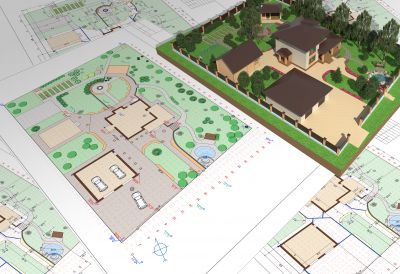
High-end options that actually feel worth it for Landscapings.
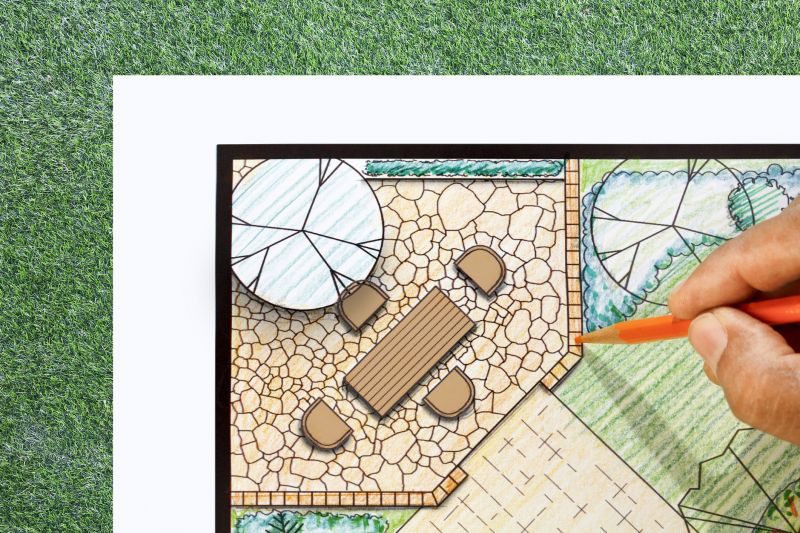
Finishes and colors that play nicely with Landscapings.

Little measurements that prevent headaches on Landscapings day.

A 60-second routine that keeps Landscapings looking new.

A frequent mistake in Landscapings and how to dodge it.
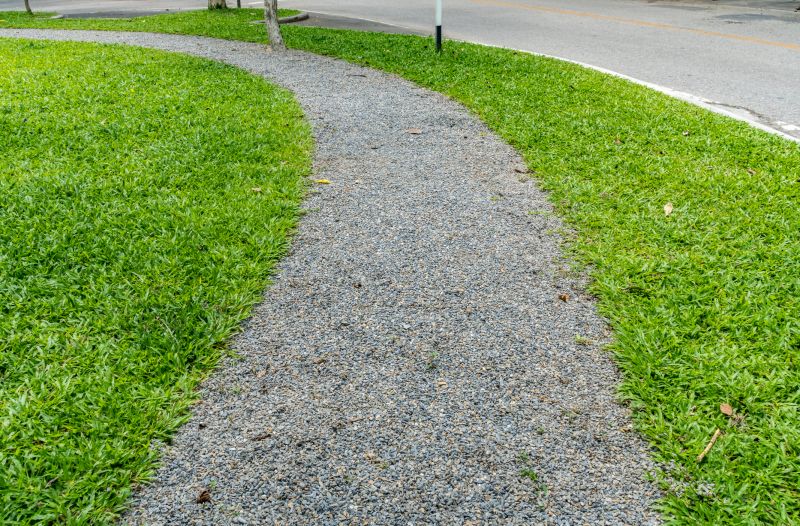
Small tweaks to make Landscapings safer and easier to use.
| Season | Recommended Activities |
|---|---|
| Spring | Planting, soil preparation, landscape installation |
| Summer | Maintenance, watering, establishing new features |
| Fall | Tree planting, soil conditioning, planting bulbs |
| Winter | Design planning, site assessment, project preparation |
Landscapings encompass a variety of outdoor enhancements including planting, installation of features, and ongoing maintenance. Proper timing can significantly impact the success of these projects. For example, planting during spring and fall allows for optimal root development due to favorable soil and weather conditions. Summer projects benefit from extended daylight hours, although they require vigilant watering and care. Winter offers opportunities for planning and design, setting the stage for future installations.
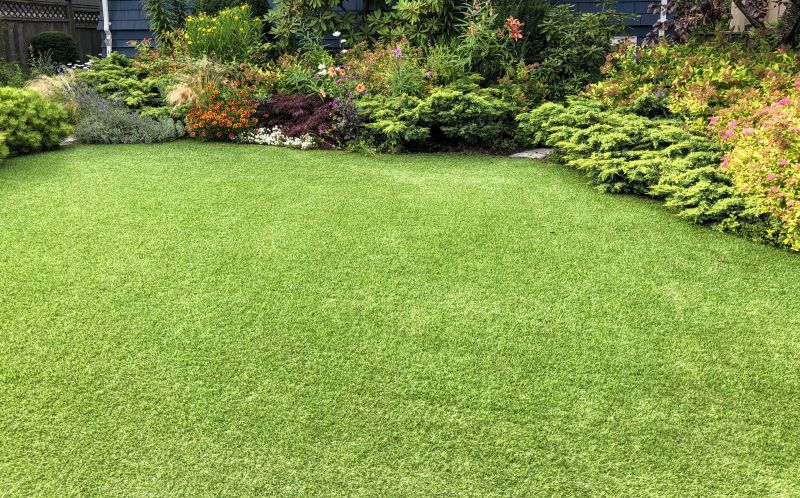
Lower-waste or water-saving choices for Landscapings.
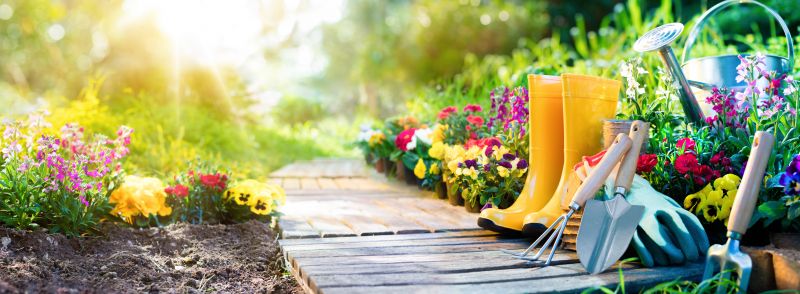
The short, realistic tool list for quality Landscapings.

Rough timing from prep to clean-up for Landscapings.

Quick checks and paperwork to keep after Landscapings.
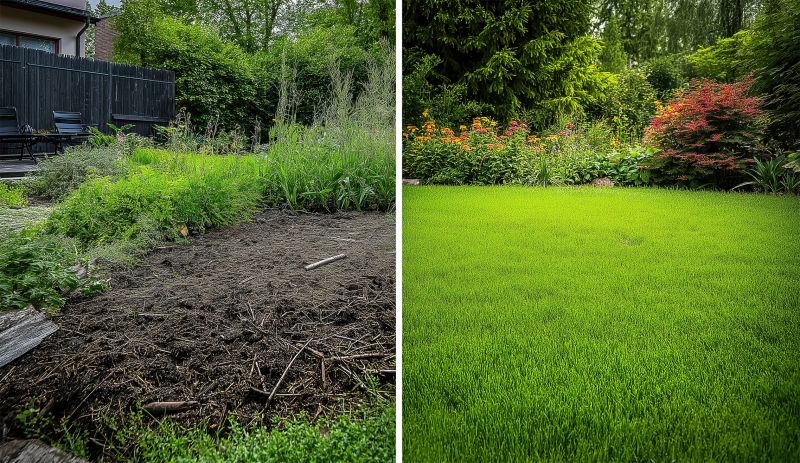
Examples that show the impact a good Landscapings can make.

Ways to make Landscapings work in tight or awkward layouts.
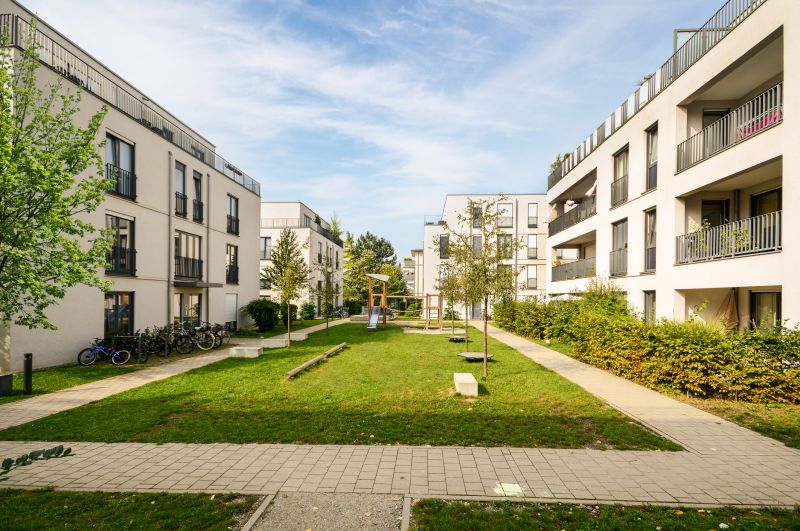
Ways to make Landscapings work in tight or awkward layouts.

Ways to make Landscapings work in tight or awkward layouts.
Interested in enhancing outdoor spaces with professional landscaping? Filling out a contact form can facilitate personalized consultations and project planning to achieve desired landscape outcomes.

